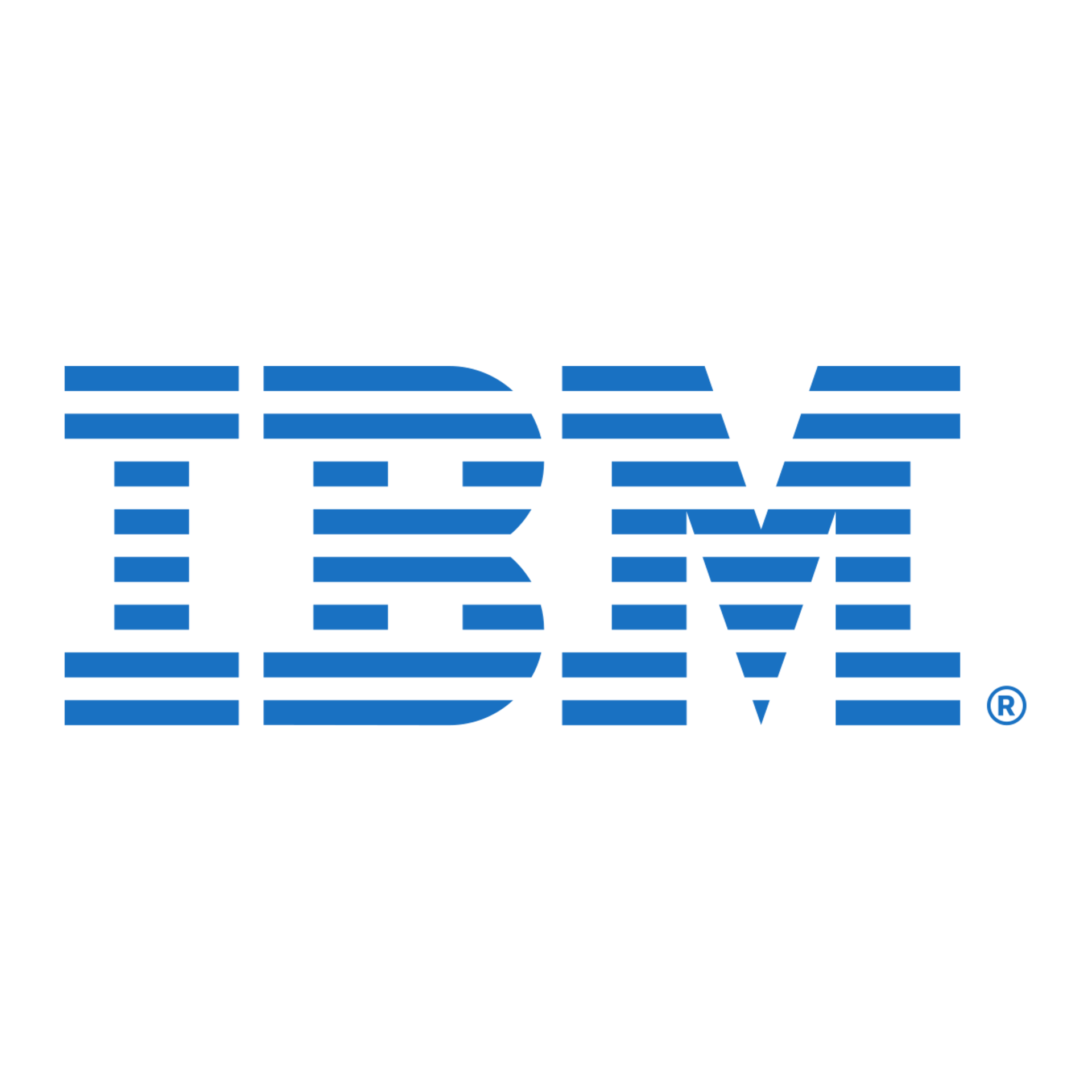
IBM
What do people say about IBM?
IBM is increasingly viewed as an outdated giant, grappling with innovation challenges and losing ground to more agile competitors. The once-revered tech leader now faces skepticism regarding its ability to adapt and evolve in the modern technological ecosystem. Stakeholders express concern about IBM's slow progress in areas such as cloud computing and artificial intelligence, further exacerbating fears of obsolescence. As the company clings to its legacy, it risks alienating younger generations of tech-savvy consumers and businesses looking for cutting-edge solutions.
Where are the conversations happening?
The perception of IBM varies widely across different sources. Traditional business outlets tend to focus on IBM's historical achievements, while tech blogs and forums criticize its slow adaptation to current trends. Critical discussions are prevalent in platforms like TechCrunch and Wired, where analysts often highlight the disparity between IBM's past and present capabilities. On the other hand, financial news channels may present a more balanced view, yet they cannot ignore the growing skepticism surrounding IBM's innovative capacity.
What are the topics trending around IBM?
Discussions around cloud computing, AI advancements, and corporate innovation strategies are prominent, with increasing focus on how legacy companies like IBM can pivot to stay relevant.
Why are these topics trending?
These topics are trending due to the rapid evolution of technology and the market's demand for innovative solutions, which put pressure on established companies like IBM to either adapt or risk being left behind.
How is IBM being talked about?
Detailed breakdown of public sentiment and conversations about this entity.
Impact vs Sentiment
See how each entity's high impact percentage relates to their positive sentiment percentage from actual mentions.





